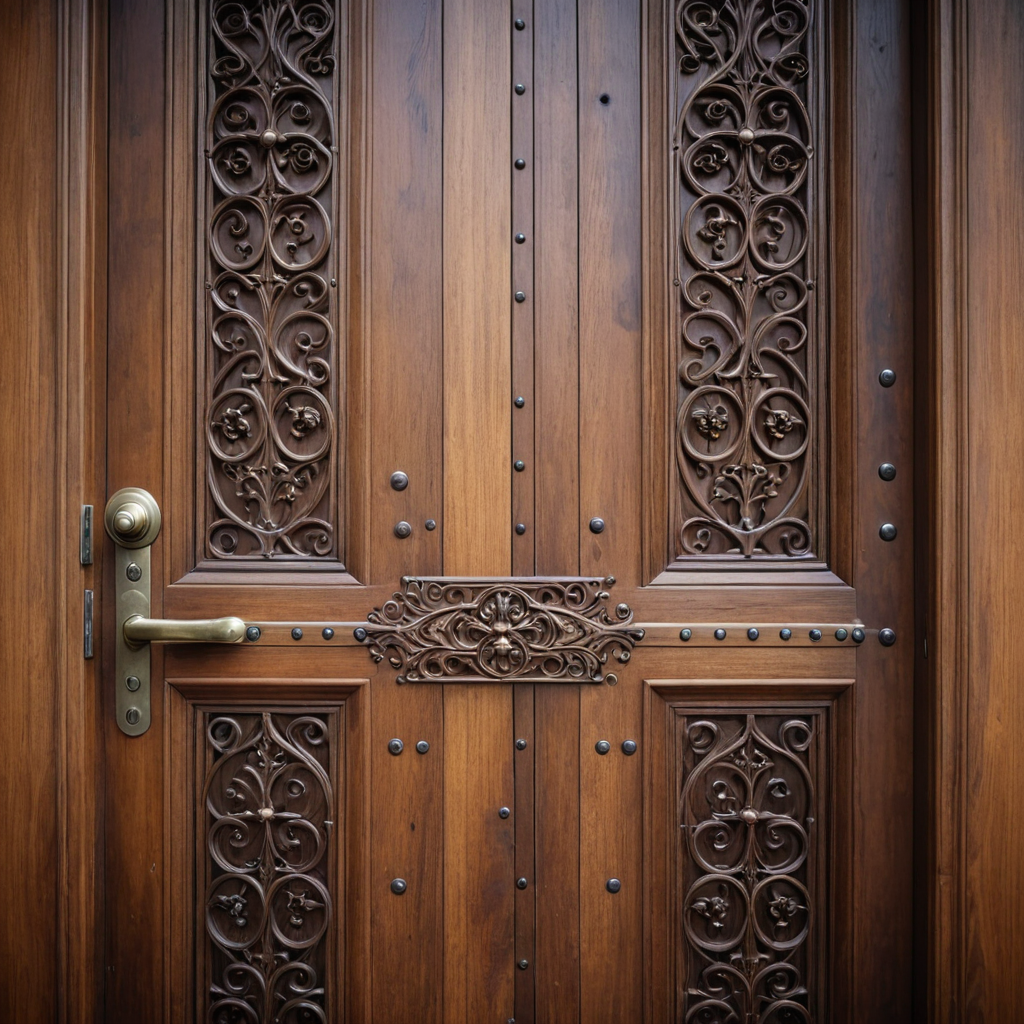
Doors are not just functional elements of a home; they also contribute to its aesthetic appeal, security, and energy efficiency. With a wide variety of styles, materials, and features available, choosing the right type of residential door can enhance the overall look and functionality of your home. In this article, we will explore the different types of residential doors commonly used in homes, along with their unique characteristics, benefits, and considerations to help homeowners make informed decisions when selecting doors for their living spaces.
- Entry Doors: – Entry doors are the focal point of a home’s exterior and serve as the main access point for residents and guests. They come in various materials such as wood, fiberglass, and steel, each offering different levels of durability, security, and energy efficiency. Entry doors can feature decorative glass panels, sidelights, transoms, and hardware to enhance curb appeal and complement the architectural style of the home.
- Interior Doors: – Interior doors are used to separate rooms, provide privacy, and add style to the interior of a home. They come in different styles such as panel doors, French doors, barn doors, and pocket doors, each offering unique design elements and space-saving features. Interior doors can be solid or hollow-core, with options for various finishes, colors, and hardware to match the decor of each room.
- Sliding Doors: – Sliding doors are popular for connecting indoor and outdoor spaces, providing natural light, and maximizing views. They are typically made of glass panels that slide horizontally on tracks, offering a seamless transition between the interior and exterior of a home. Sliding doors are energy-efficient, space-saving, and ideal for areas with limited clearance for swinging doors.
- French Doors: – French doors are elegant and classic doors that feature multiple glass panels with decorative muntins or grilles. They are commonly used as interior doors between rooms or as exterior doors leading to a patio, deck, or garden. French doors add charm, sophistication, and natural light to living spaces while creating a sense of openness and connection to the outdoors.
- Bi-Fold Doors: – Bi-fold doors consist of multiple panels that fold and stack against each other when opened, creating a wide opening and maximizing space. They are popular for closets, laundry rooms, and room dividers, offering flexibility, functionality, and a modern aesthetic. Bi-fold doors are available in various materials such as wood, aluminum, and vinyl to suit different design preferences.
- Pivot Doors: – Pivot doors are contemporary and striking doors that rotate on a central pivot hinge, allowing them to open in both directions. They are often used as entry doors or statement pieces in modern homes, offering a unique design element and a grand entrance. Pivot doors can be customized in size, material, and finishes to make a bold architectural statement.
- Storm Doors: – Storm doors are secondary exterior doors installed in front of entry doors to provide additional protection against the elements, improve energy efficiency, and enhance security. They are typically made of aluminum or steel with glass panels and screens that can be interchangeable for ventilation and weather protection. Storm doors come in various styles and finishes to complement the existing entry door.
When choosing residential doors for your home, consider factors such as style, material, durability, energy efficiency, security, and maintenance requirements. By understanding the different types of residential doors available and their features, homeowners can select doors that not only meet their functional needs but also enhance the beauty, comfort, and value of their living spaces. Remember that doors are more than just entryways; they are essential elements that welcome you home, provide security and privacy, and create a seamless connection between indoor and outdoor living.
Cedar Hill St. Louis Jefferson County Olivette Kirkwood Ballwin Arnold Franklin County St Charles County Fenton High Ridge Dittmer Creve Coeur
